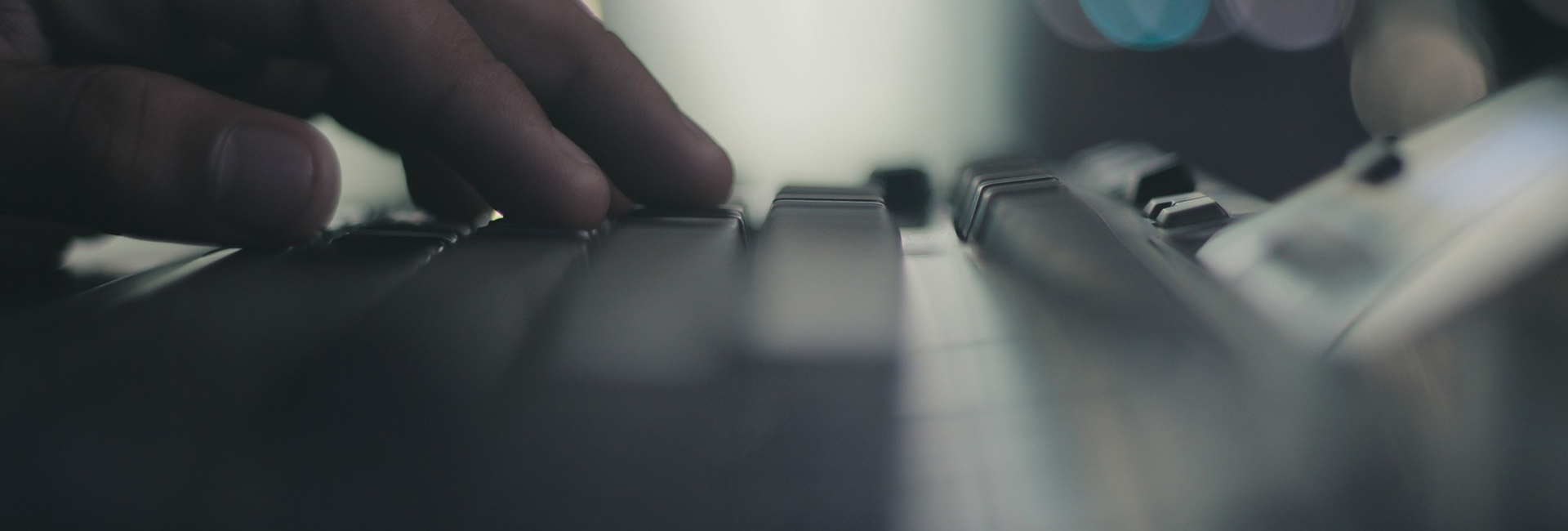Notes of Pump Start-up & Shut down (Part.1)
Magnetic drive engineering plastic chemical pumps typically require minimal maintenance under normal operating conditions, and the probability of damage is very low. Instances of pump damage often occur during shutdown and startup. The following are some simple cases provided for your reference.
Reasons for potential damage during shutdown - Water Hammer
Water hammer is a pressure wave generated when the flow velocity in a pipe undergoes a sudden change due to the instantaneous stop of a pump, especially when pumping liquid over a long distance or to a higher elevation. The phenomenon of water hammer is often observable through sound and vibration. For instance, there may be a "thud" or "clang" sound when the pump stops, or there could be movement or vibration in plastic or flexible hoses. Typically, check valves are installed to mitigate the impact of water hammer; however, the repeated impact of water hammer can reduce the lifespan of check valves. When a check valve fails, the instantaneous pressure generated by water hammer may be transmitted to the pump, leading to pump failure.
Water pumps are usually made of cast iron or stainless steel, known for their pressure resistance. However, in pumps with mechanical seal structures, the impact of water hammer on the mechanical seal may cause damage or misalignment, affecting the pump's lifespan and causing leaks.
Chemical pumps typically feature corrosion-resistant engineering plastic housings with lower pressure resistance. Under repeated or severe water hammer impacts, these pumps are prone to rupture, resulting in the leakage of high-risk chemical solutions.
To prevent water hammer damage to pumps, water hammer arrestors can be installed for water pumps. As for chemical pumps, the metal material of water hammer arrestors is not corrosion-resistant, so it is not suitable. Instead, the use of soft starters is recommended to avoid water hammer damage by providing a gradual start and stop.
Restarting after Shutdown - De-coupling
During a cold spell, we received a call from a customer on Monday morning reporting that the pump installed on the roof was not building pressure after starting. Our representative rushed to the site and discovered that the pump was used to convey a highly concentrated alkaline solution. As the temperature dropped, the viscosity of the alkaline solution increased. When the magnetic drive chemical pump started, the instantaneous torque, combined with the impedance of the alkaline solution, caused de-coupling. The outer magnet rotated while the inner magnet remained in a stationary state.
After confirming that the pump was not damaged, our representative attempted to close the outlet valve to reduce the load during startup, allowing the pump to work. Once pressure was confirmed, the outlet valve was gradually opened.
To prevent a recurrence of such a situation in the future, two recommendations are suggested for the customer. Firstly, if there is room for reduced flow rate and head in the pump's performance, adjusting the pump's impeller to decrease load is an option. Secondly, installing a soft starter is another method to gradually increase the pump's speed and avoid instantaneous de-coupling.
Forgot to Open Valves after Maintenance Shutdown
The primary cause of pump damage is often faults resulting from inadequate circulation leading to overheating, with the major contributing factor being human negligence. During routine equipment maintenance, valves both upstream and downstream of the pump are typically closed. Occasionally, during restart, there is a tendency to forget to open these valves. The pump's design relies on circulating the liquid to dissipate the heat generated by the rotation of the bearings. When the valves are left closed, the pump's internal heat dissipation is hindered, resulting in a rapid temperature increase.
If it is noticed that the pump is operating under closed valve conditions, immediately cut off the pump's power to stop its operation. At this point, under no circumstances should the valves be opened. The pump's internals are in a high-temperature state, and introducing cold liquid into the pump would cause rapid cooling, potentially leading to the fracture of ceramic components within the pump. The correct procedure is to allow the pump to naturally cool for at least one hour and then use a slender tool to manually rotate the motor fan, ensuring it moves smoothly. If the fan cannot rotate or experiences resistance, it's possible that internal plastic components have deformed due to high temperatures, requiring the pump to be disassembled and inspected. If the motor fan rotates smoothly, the valves can be opened, and the pump's supply should be confirmed before restarting to observe the flow rate and pressure. Any abnormal flow or pressure may indicate minor damage to the pump, prompting the need to shut down the pump for further inspection and removal if necessary.

